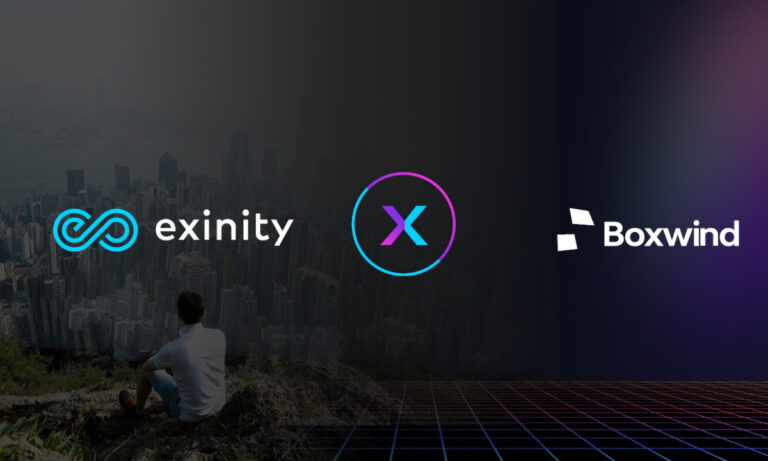Kusama for Polkadot vs Shimmer for IOTA: Which is the Better Canary Network?

Canary networks are a type of blockchain network that is designed to be used for testing new features and upgrades before they are rolled out to the main network. They are often more experimental than the main network, and they allow developers to try out new ideas and concepts without risking the stability of the main network.
Two of the most popular canary networks are Kusama and Shimmer. Both networks are designed to help their parent networks, Polkadot and IOTA, respectively. But which network is better?
In this article, we will compare Kusama and Shimmer in terms of their features, benefits, and drawbacks. We will also discuss which network is a better fit for different types of users.
Features of Kusama and Shimmer
Kusama and Shimmer are both built on the same technology as their parent networks. This means that they have many of the same features, such as:
- Proof-of-stake consensus mechanism: Both networks use a proof-of-stake consensus mechanism, which is more energy-efficient and scalable than proof-of-work.
- Cross-chain compatibility: Both networks are compatible with other blockchain networks, which allows for the transfer of assets and data between networks.
- Governance: Both networks have a governance system that allows users to vote on important network decisions.
However, there are also some key differences between the two networks. For example, Kusama has a more experimental approach than Shimmer. This means that Kusama is more likely to be used for testing new features and upgrades that are not yet ready for production.
Benefits of Kusama and Shimmer
There are many benefits to using a canary network, such as:
- Reduced risk: Canary networks are less risky than main networks because they are used for testing new features and upgrades. This means that if something goes wrong, it is less likely to affect the main network.
- Early access: Canary networks allow users to get early access to new features and upgrades. This can be beneficial for developers who want to test new projects or for investors who want to get in on the ground floor of new projects.
- More feedback: Canary networks receive more feedback from users than main networks. This is because users are more likely to be willing to experiment with new features and upgrades on a Canary network than on a main network.
Drawbacks of Kusama and Shimmer
There are also some drawbacks to using a canary network, such as:
- Less stable: Canary networks are less stable than main networks because they are used for testing new features and upgrades. This means that there is a greater risk of outages or other problems.
- Less secure: Canary networks are less secure than main networks because they are used for testing new features and upgrades. This means that there is a greater risk of hacks or other security breaches.
- Less user-friendly: Canary networks are less user-friendly than main networks because they are used for testing new features and upgrades. This means that they may be more difficult to use and may have fewer features.
Which Network is Better?
So, which network is better? Kusama or Shimmer?
The answer depends on your needs. If you are looking for a network that is more stable and secure, then Shimmer is a better choice. However, if you are looking for a network that is more experimental and has early access to new features and upgrades, then Kusama is a better choice.
Ultimately, the best way to decide which network is right for you is to try both networks and see which one you prefer.








